“Mama look what I found!” my youngest screeched with glee. He had flipped over an extremely large rock with his older brother and underneath the rock there were all sorts of creepy crawly things. They filled containers with bugs, dirt, rocks, grass and soon their mini-bug habitats where all around the house and yard.
Did you know that every child is born a Naturalist? It’s true! A Naturalist is someone that observes and studies plants, animals, insects, rocks and fossils. Send a child outside and they will do exactly that! Children love to collect rocks, hold worms, catch frogs and pick flowers. Kids have an innate biological desire to touch, pick, dig, taste and play with nature, and when kids do these things they are happier, healthier, stronger and more intelligent.
How to Nurture Your Young Budding Naturalist
Nurturing your young budding naturalist is something that every parent, caregiver and educator can do, regardless of where you live and what resources are available to you. Below are five great ways to nurture your budding Naturalist into a life-long nature lover.
1. Encourage your young naturalist to spend plenty of time outdoors.
“Let’s go find some snails!” my daughter exclaimed as she flew out of our car. There’s an old historic building that we visit regularly and even though it’s in the city my children have discovered all sort of nature there. They’ve discovered snails homes, acorns piles and grape vines.
Young naturalists need to spend plenty of time outside exploring nature. Sometime we think that “nature” is only tucked always in protected parks and far off remote places, but nature is all around us. You can find nature in your backyard, around your neighbourhood and in you city or town.
Ideas for getting your child outside:
- Set healthy limits on screen time.
- Explore nature in your backyard, neighbourhood and community by visiting nearby parks, gardens and trails.
- Send your child to play outside unsupervised (when/where appropriate).
- Bring nature closer to home:
- Set up a bird feeder.
- Make a bird box.
- Put up a bat box.
- Set out a mason bee home.
- Create a frog pond.
- Plant a butterfly garden.
- Grow a vegetable garden.
2. Observe nature with your young naturalist.
“See how this frog is lighter and that one is darker,” my older son explained holding two slippery frogs, “they’re both Pacific Chorus Frogs”. My child loves frogs and his knowledge of these special creatures has far surpassed my own. He notices subtle nuances between frogs that often elude me because he observes closely, intentionally.
Naturalists are keen observers of nature. Help your budding Naturalist notice the intricacies of nature using these ideas:
- Slow down and watch nature, closely and patiently.
- Crouch down, stand on a hill top or climb a tree and observe nature with your child. Don’t pretend to look, but really look.
- Invest in some good gear for observing (see list below).
- Record observations in a nature journal or through photography (see recommendations below).
Observation Gear
Your young naturalist will enjoy observing nature with the help of some good gear. Avoid wasting money of gimmicky gear “made for kids”. Most of the time these items are such poor quality that children won’t want to use them (or they’ll break within five minutes). Instead, purchase quality gear made for adults/professionals that kids can use as well.
Gear that can help children better observe nature:
- A handheld magnifying lens (10X)
- A set of good binoculars
(look for binoculars that are easy to use, have a wide field of view (30 or 32 mm) with a lower zoom power (6 or 7x)).
- Strong nets (for water and air). Here are some heavy duty aquatic (water) nets and professional aerial (air) nets from Bioquip that will last much longer than most “kid” nets.
- Buckets, containers, shovels, a turkey baster (for examining ponds) and vials.
- For studying bugs (entemology) Bioquip has a great bug collecting kit for older kids.
- For studying rocks (geology) look into getting a heavy rock hammer or rock pick.
Nature Journaling
Some children love to record their nature observations in a journal. Nature journals can be homemade or store bought. Children enjoy using quality tools when recording their nature observations so try to purchase the best supplies that you are able to.
- Purchase an art journal instead of a regular journal. Art journals allow kids the freedom to paint, sketch, glue and more without having pages falling apart or curling. Recommendation: Strathmore Visual Journal – Mixed Media.
- Choose colouring pencils that are rich in colour and easy to use. Recommendation: LYRA Pencils, Faber Castell Pencil, or Prismacolor Pencils.
- Try watercolour pencils. They are easy to carry around and use outdoors. Recommendation: Prismacolor Water-Soluble Pencils
.
Nature Photography
Nature photography is a wonderful way for kids to observe nature. Most phones and tablets have built in cameras, but if you’re looking for a camera that is both waterproof and drop proof (for kids to use) I recommend the Fujifilm FinePix XP120 Waterproof Digital Camera. My daughter (8) has been using this camera for six months and here are some of her pictures:
3. Celebrate your budding naturalist’s curiosity.
“Why do spadefoots burrow? What do lady bugs eat? Where do cut worms live?” Young naturalists ask a lot of questions. Even if you don’t know the answer their questions, celebrate and encourage your child’s curiosity.
- If you don’t know the answer to your child’s questions you can say: “That’s a great question! Why don’t we write it down and find the answer… (on the internet, at the library, by asking a conservationist etc.).
- Model curiosity for your child by asking your own questions.
- Encourage older children to write or record their questions in a Nature Journal to research later.
4. Help your young naturalist learn and find answers.
“Mom, did you know that spadefoots are not frogs or toads?” queried my son. He had just met a spadefoot conservationist and was keen to share his new-found knowledge with me. “How interesting”, I replied, “what else did you learn about spadefoots?”
Nature holds many secrets and we are fortunate to live during a time where information about nature is so easily accessible to many of us. Below are some great books and resources:
Naturalist Books for Kids:
FREE Printable PDF of Naturalist Books for Kids: Naturalist Books for Kids
Crinckleroot books (and others) by Jim Arnosky
Jim Arnosky is the author of the Crinkleroot book series and other naturalist books for kids:
- Crinkleroot’s Guide to Knowing Animal Habitats
- Crinkleroot’s Guide to Giving Back to Nature
- Crinkleroot’s Book of Animal Tracking
- Crinkleroot’s Guide to Knowing the Trees
- Hidden Wildlife: How Animals Hide in Plain Sight
- Wild Tracks!: A Guide to Nature’s Footprints
- Slither and Crawl: Eye to Eye with Reptiles
- Creep and Flutter: The Secret World of Insects and Spiders
Golden Guides from St. Martin’s Press
Perfect books for beginners of any age.
- Birds
- Insects
- Butterflies and Moths
- Wildflowers
- Pond Life
- Rocks, Gems and Minerals
- Trees
- And others!
Naturalist Books by Steve Jenkins
Steve Jenkins writes makes great naturalist books for kids.
- The Animal Book: A Collection of the Fastest, Fiercest, Toughest, Cleverest, Shyest―and Most Surprising―Animals on Earth
- Animals by the Numbers: A Book of Infographics
- The Beetle Book
- Eye to Eye: How Animals See The World
- Actual Size
- Creature Features: Twenty-Five Animals Explain Why They Look the Way They Do
Over and Under series by Kate Messner
Beautifully illustrated pictures books.
Peterson Field Guides: Young Naturalists by Karen Stray Nolting and Jonathan Latimer
Uses life-like illustrations to help young naturalist easily identify birds, insects and more.
- Butterflies
- Backyard Birds
- Caterpillars
- And others!
Science Series by Dianne Hutts Aston
Dianne Hutts Aston has a wonderful science series that includes six books:
- A Butterfly Is Patient
- A Seed Is Sleepy
- A Nest Is Noisy
- A Beetle Is Shy
- An Egg Is Quiet
- A Rock Is Lively
Take Along Guides by Mel Boring, Diane Burns and Laura Evert
Mel Boring has a wonderful series of naturalist books (take along guides) for kids. You can purchase each book individually or get the compendiums.
- Fun With Nature (compendium)
- More Fun With Nature (compendium)
- Birds, Nests & Eggs
- Caterpillars, Bugs and Butterflies
- Rabbits, Squirrels and Chipmunks
- Flamingos, Loons & Pelicans
- Frogs, Toads & Turtles
- Snakes, Salamanders & Lizards
- Wildflowers, Blooms & Blossoms
- Berries, Nuts, And Seeds
- Rocks, Fossils & Arrowheads
- Planets, Moons and Stars
*More* Great Naturalist Books for Kids
- Cabinet of Natural Curiosities by Albertus Seba
- The Lost Words by Jackie Morris and Robert Macfarlane
- Natural History Collector: Hunt, Discover, Learn!: Expert Tips on how to care for and display your collections and turn your room into a cabinet of curiosities by Michael Sanchez
- My Book of Birds by Geraldo Valério
- Summer Birds: The Butterflies of Maria Merian by Margarita Engle
- The Nature Connection: An Outdoor Workbook for Kids, Families, and Classrooms by Clare Walker Leslie
- Nature’s Notes: Bite-Sized Learning & Projects For All Ages by Judy Burris and Wayne Richards
- Small Adventures Journal: A Little Field Guide for Big Discoveries in Nature by Keiko Brodeur
- Jake’s Nature Guide: Rocky Mountains
by Mark Danenhauer
FREE Printable PDF of Naturalist Books for Kids: Naturalist Books for Kids
Naturalist Phone Apps
Today with technology anyone can become a naturalist and conservationist, all you have to do is download an app on your phone or tablet. Here are a few of our family favourites:
- iNaturalist: Users record their observations in nature and share them with fellow naturalists.
- eBird and Merlin Bird ID: Gives people a way to identify and record bird sightings around the world.
- Leafsnap: This app uses visual recognition software to help identify tree species from photographs of their leaves.
Naturalist Community Clubs and Events
Many children and parents learn best through hands-on experiences. Connect with your local community and join in on Naturalist events and opportunities.
- Join a local Bioblitz (a list of Bioblitz events by country).
- Take part in the Audubon Great Backyard Bird Count.
- Sing up for a Young Naturalist Clubs (search for one in your area).
- Join the Young Birder Clubs (USA and elsewhere).
5. Encourage your budding naturalist to make a nature collection.
“Why is your coat so heavy?” I asked my daughter. “It’s full of rocks,” she answered matter-of-factly. My daughter loves to collect rocks, shells, sea glass and all sort of bits and bobbles. Most kids love to collect things, that’s what makes them such great naturalists – it’s part of the job! Here are some ideas for helping your child display their very own nature collection:
- Encourage children to collect nature (when appropriate).
- Set up a collection space for children to display their treasure (indoors and/or outdoors).
- Use trays, baskets, old chocolate boxes, empty egg cartons, vintage wood compartment boxes, bowls, shadow box, jars, tables and shelves to display their nature treasures.
- Make a press to preserve flowers and leaves.
Disclaimer: This page contains Amazon Affiliates links and I may earn a small commission from your purchases made through them.

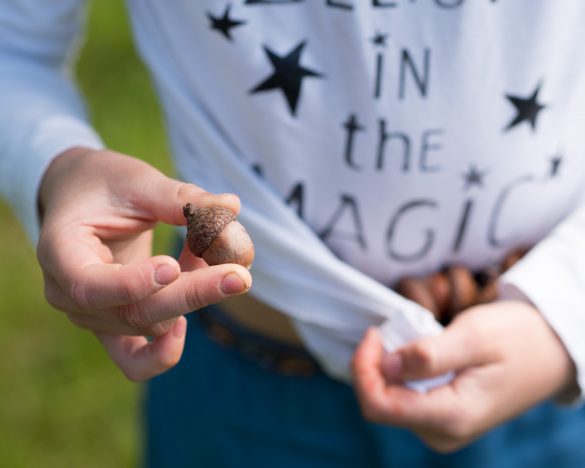
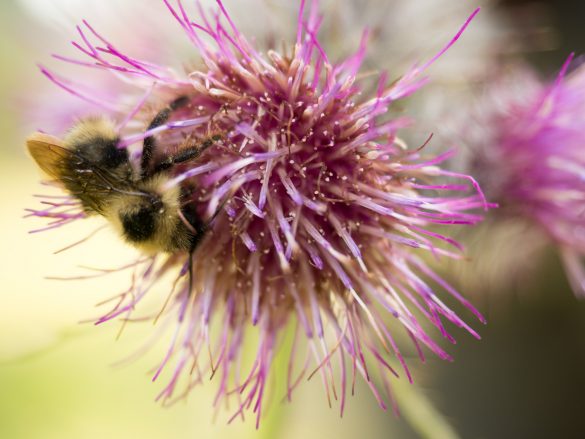
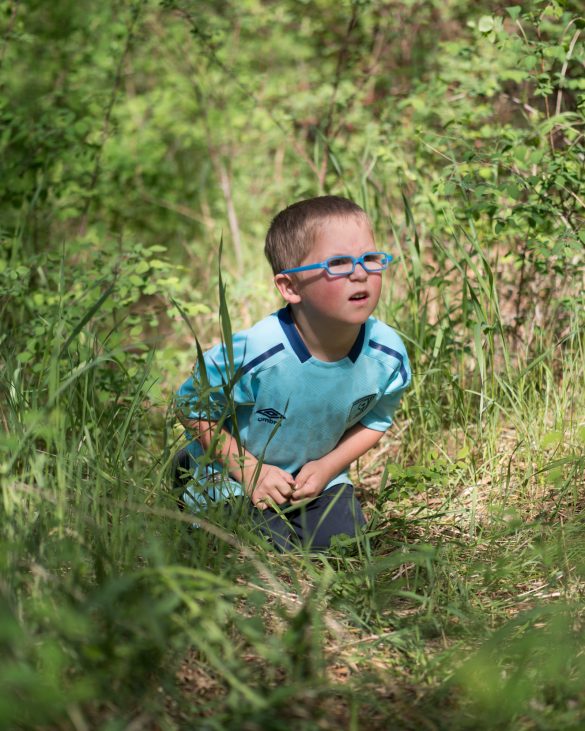
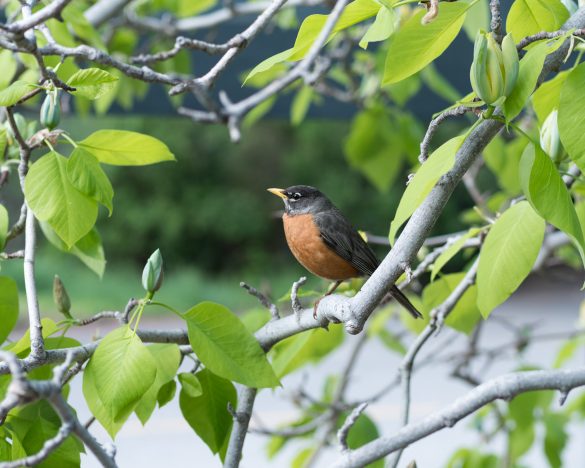
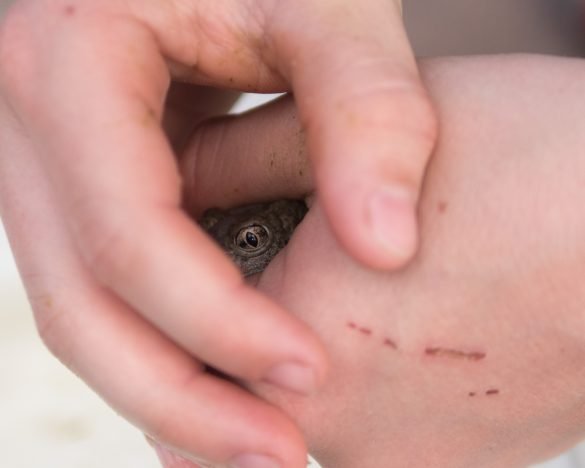
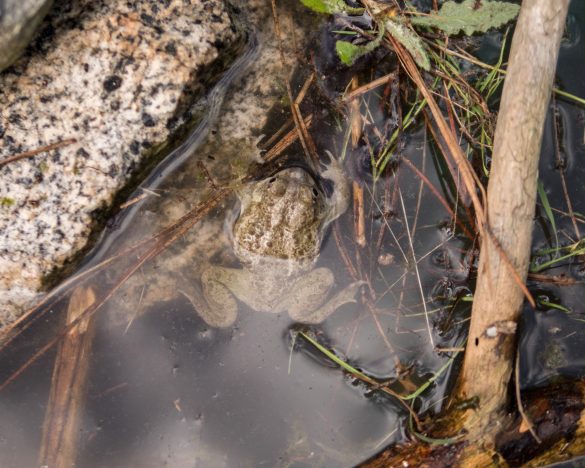

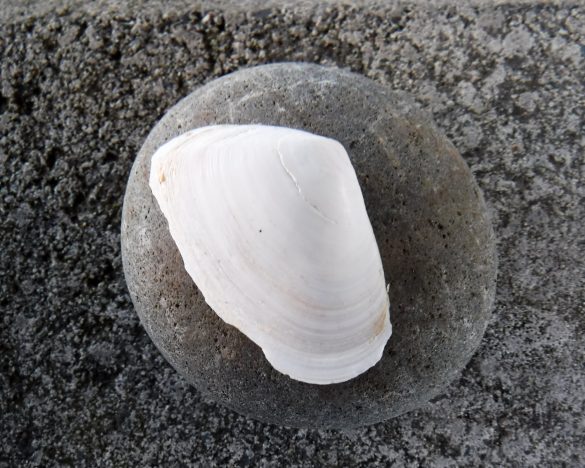
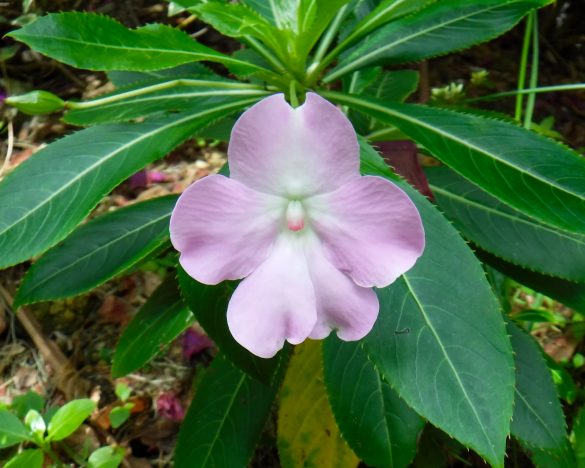
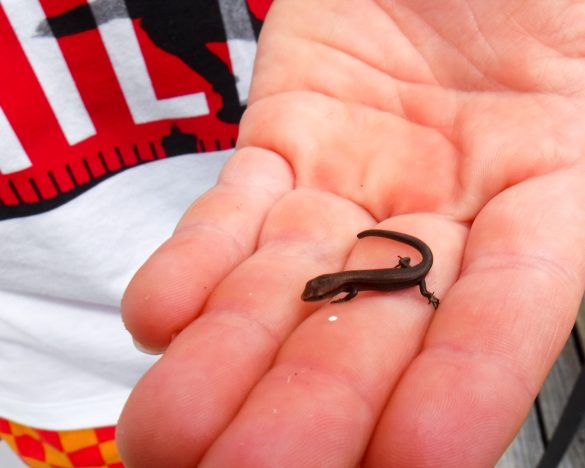

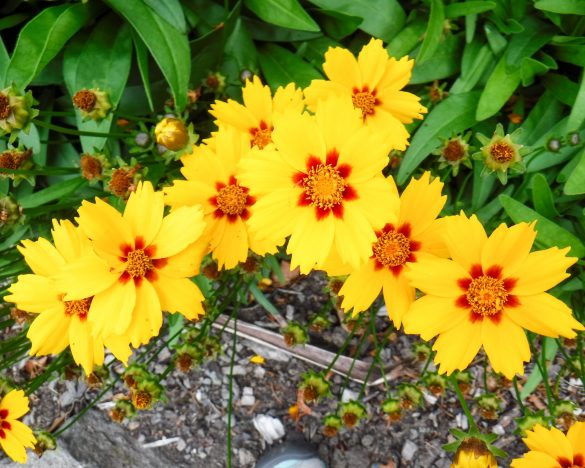
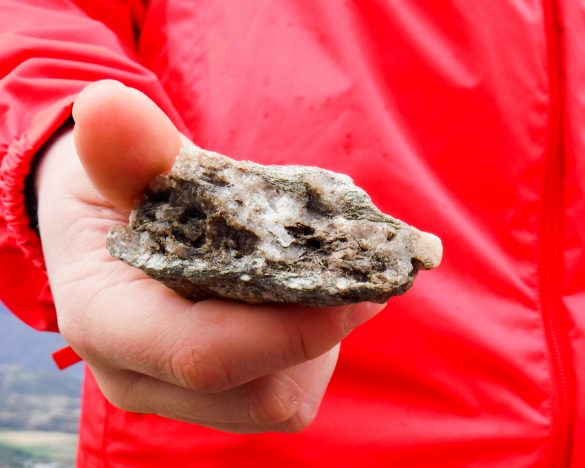

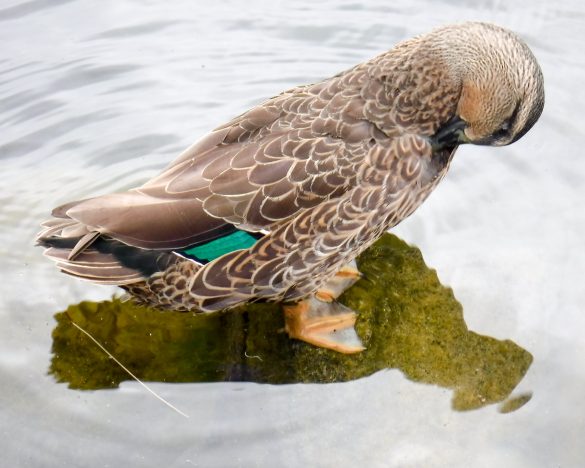

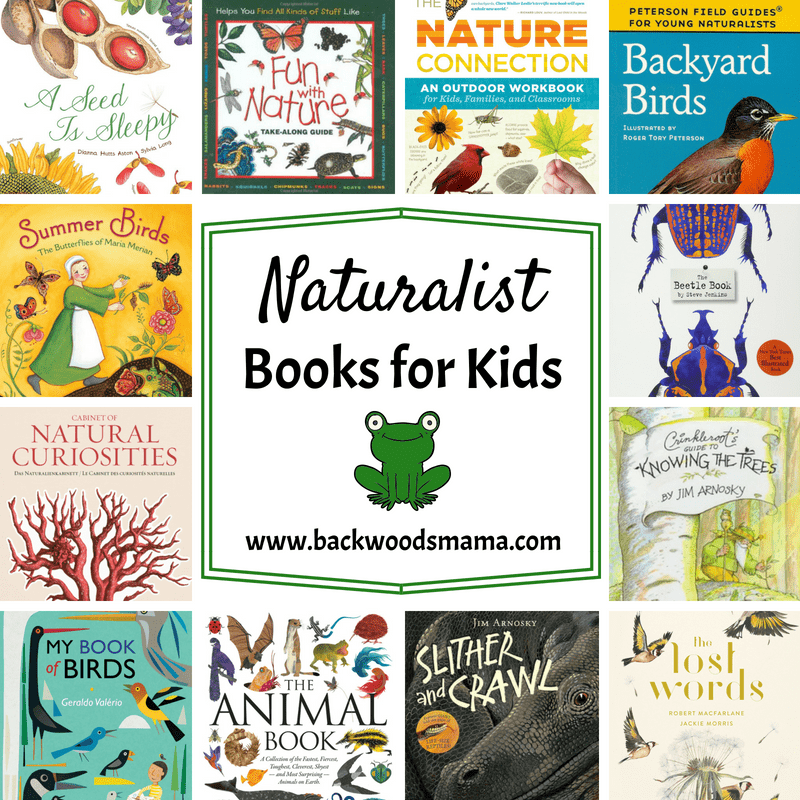
2 comments
These resources are priceless. Thanks for the inspiration!
I just open your blog with some info about New Zealand and read most of your info regarding what the children find in nature. very interesting. thank you Alice